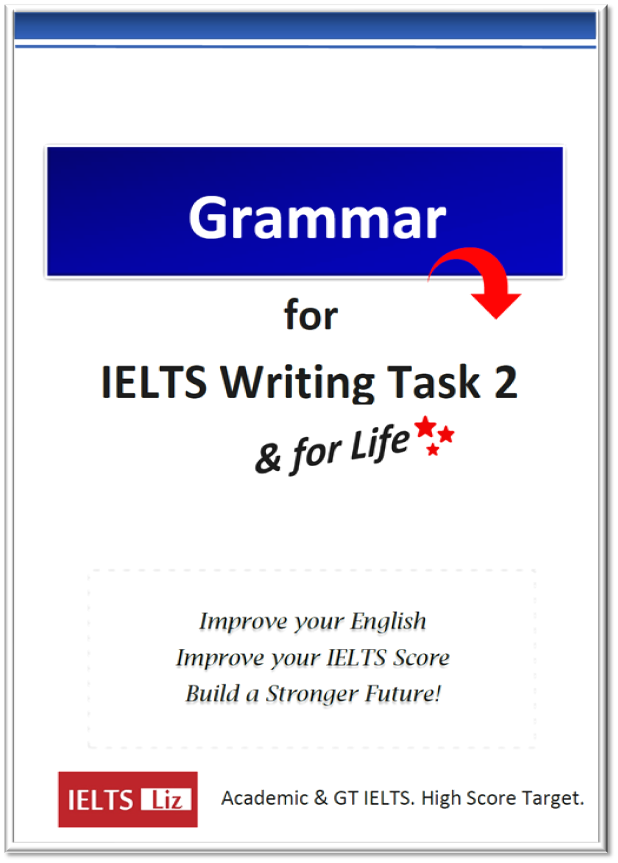The topic below was just reported in the IELTS academic writing task 2 last week. Take a look at the topic and see some ideas and vocabulary below to help you.
Some people think that the government should spend more money on public service rather than wasting money on the arts. To what extent do you agree.
Public Services: Schools, Health Care, Public Transportation etc
The Arts: Museums, Galleries, Theatre etc
One Side Essay Structure:
Introduction: Direct Answer: I disagree that money should be taken from the arts for public services. (this approach gives a clear position on one side and therefore the essay can only give information supporting that side)
Body Paragraph 1: Art is important because all societies need to express their culture through art.
Body Paragraph 2: The arts are often poorly funded and therefore if money were directed away from the arts for any reason, even for public services, it would likely fail entirely.
Body Paragraph 3: Public services do not require more funding because…
Conclusion: restate your opinion and summarise main points.
Balanced Approach Essay Structure
Introduction: Direct Answer: I agree that public services such as health care and transportation need more funding but not at the cost of the arts which are still very important. (this approach gives a clear position and allows you to write about both sides.)
Body Paragraph 1: Health care system – give reasons why this needs more funding.
Body Paragraph 2: Public transport – give reasons why this should be improved.
Body Paragraph 3: Explain that the arts are still important and why money should not be diverted away.
Conclusion – restate your opinion and summarise main points.
Steve, thanks for letting us know about the topic. Good luck with your results!
Main IELTS Pages
Develop your IELTS skills with tips, model answers, lessons, free videos and more.




